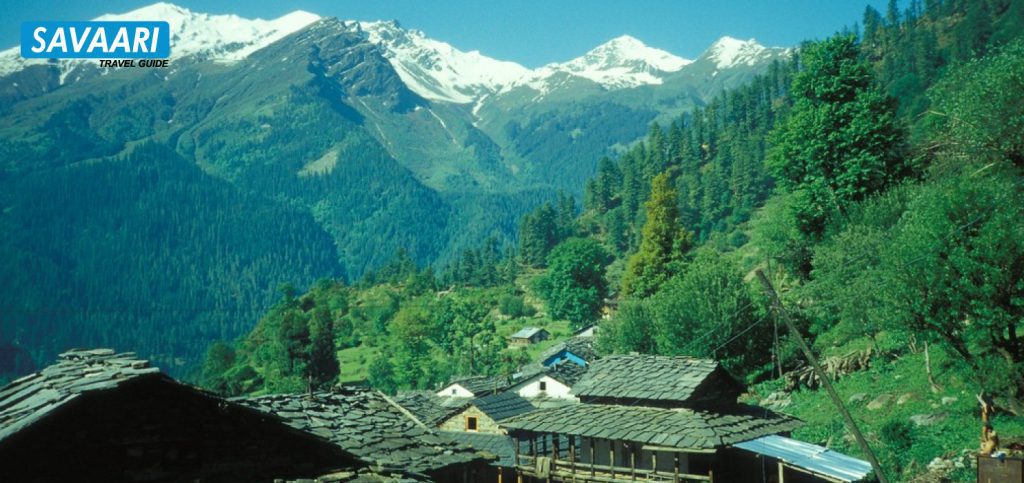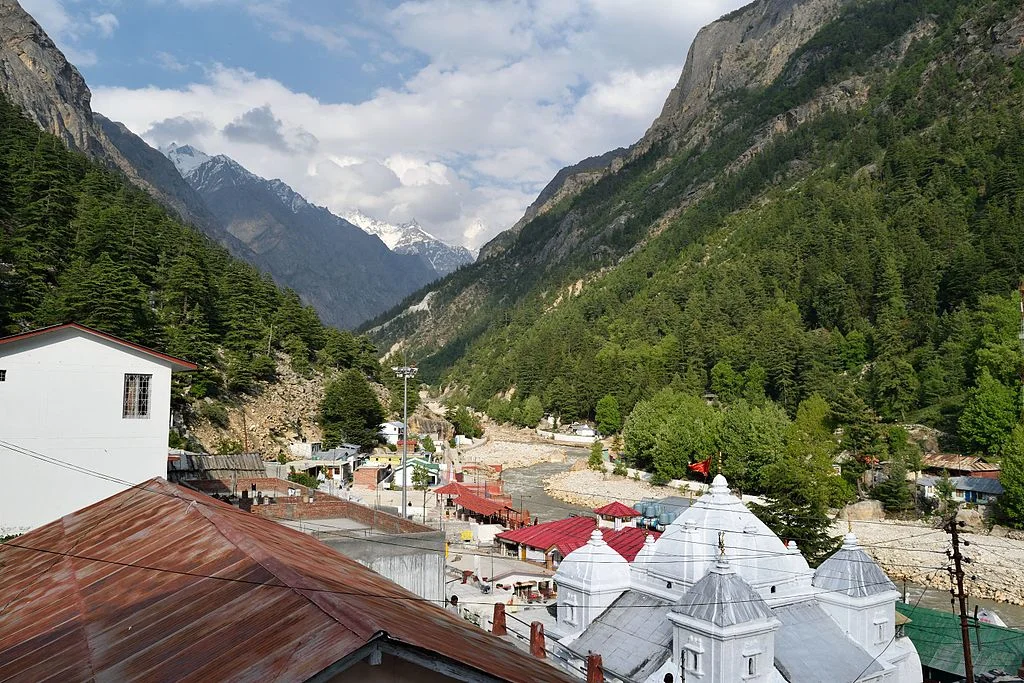Pune takes great pride in its rich legacy and heritage. The 286-year-old Shaniwar Wada fort is one of the most renowned and prestigious forts in the region, and it is a reminder of the proud Maratha Empire. It was once a melting pot of culture and politics, and it now draws nearly 300 tourists from all over the world every day. Peshwa Bajirao I built the Wada fortification in Pune, which covers approximately 625 acres of land, as the Peshwas’ residence. It is a significant site in Indian history, but it has been nearly destroyed by several military attacks and fires in the 18th and 19th centuries, and it is in disrepair. The once most magnificent mansion, which had seven stories, fortification walls with gates, court halls, fountains, and reservoirs, is now in ruins.
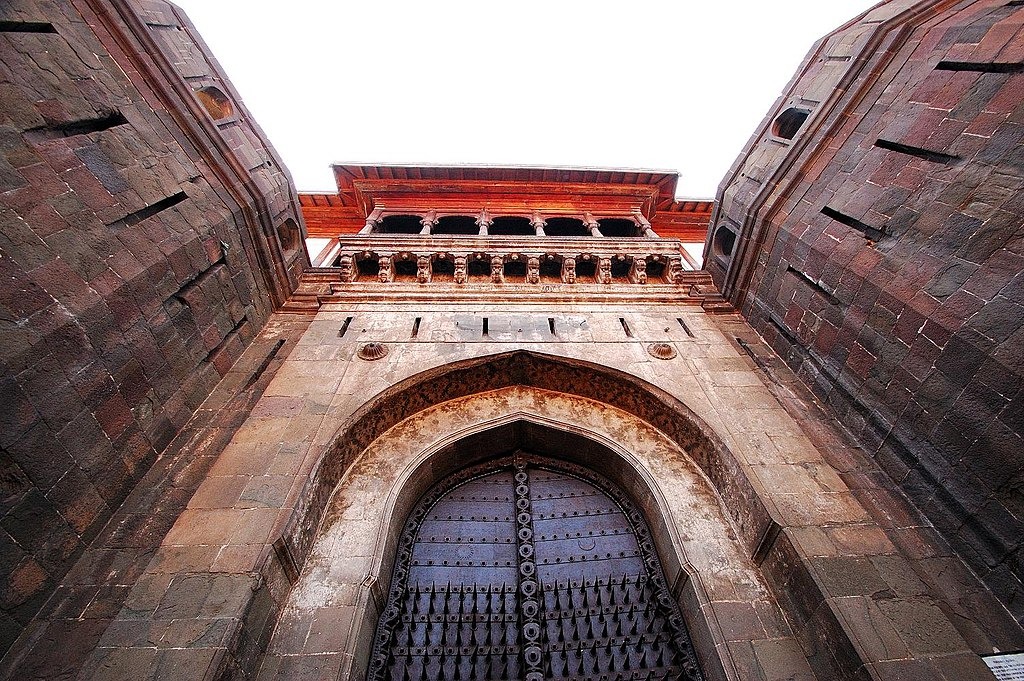
The fort was once Baji Rao and Kashi’s love nest, built right after their marriage. It was constructed in 1732 on 625 arches of land and served as the Maratha Empire’s capital building. We are all familiar with Bajirao Masatani’s love story. One can book a cab in Pune to explore the legacy of their love story in Shaniwar Wada. However, this has not only witnessed an iconic love story; it has also been the site of political conspiracy, betrayal, family bitterness, and brutal murder.
The fort that witnessed a prince’s murder
Aside from its natural beauty, the palace is thought to have been the site of one of the most brutal murders in Maratha Empire history. It all began in 1732, when Shaniwar Wada witnessed the untimely death of Peshwa Bajirao I. Then Bajirao’s elder son, Nanasaheb, asserted his authority. After Nanasaheb’s death, his elder son Vishwasrao took over, which enraged Raghunathrao, Bajirao’s younger son and Nanasaheb’s brother, who was expecting the throne.
Vishwasrao died in the third battle of Panipat against Afghan armies, and Nanasaheb Madhavrao became the fourth Peshwa of the Maratha Empire. He was only 17 years old when his brother Madhavrao died, making him the youngest Peshwa ruler ever. Because he wasn’t yet an adult, his uncle Raghunathrao was in charge of the state on his nephew’s behalf. Anandibai, Raghunathrao’s wife, was jealous because she desired the throne for her husband. As a result, she sought the assistance of the Gardis, highly trained assassins for hire. Gardis were originally a hunting tribe from central India.

On the eve of Ganesh Chaturthi, assassins entered Shaniwarwada to assassinate Narayanrao. Despite his attempts to flee for his life, the merciless Gardi assassins mercilessly killed him, tearing him to shreds. His mutilated remains were then dumped into the river. Narayan Rao’s death is the bloodiest chapter in Indian history, bringing dishonour to Peshwa Bajirao I’s proud legacy. It is said that Narayan Rao screamed for help to his uncle, ‘Kaka maala vachva’ (Save me uncle), but his crafty uncle Raghoba ignored his pleas. Because Narayan Rao’s mortal remains were never cremated according to Hindu tradition, he is thought to be roaming as a phantom figure in Shaniwarwada.
Shaniwar Wada’s final tragedy
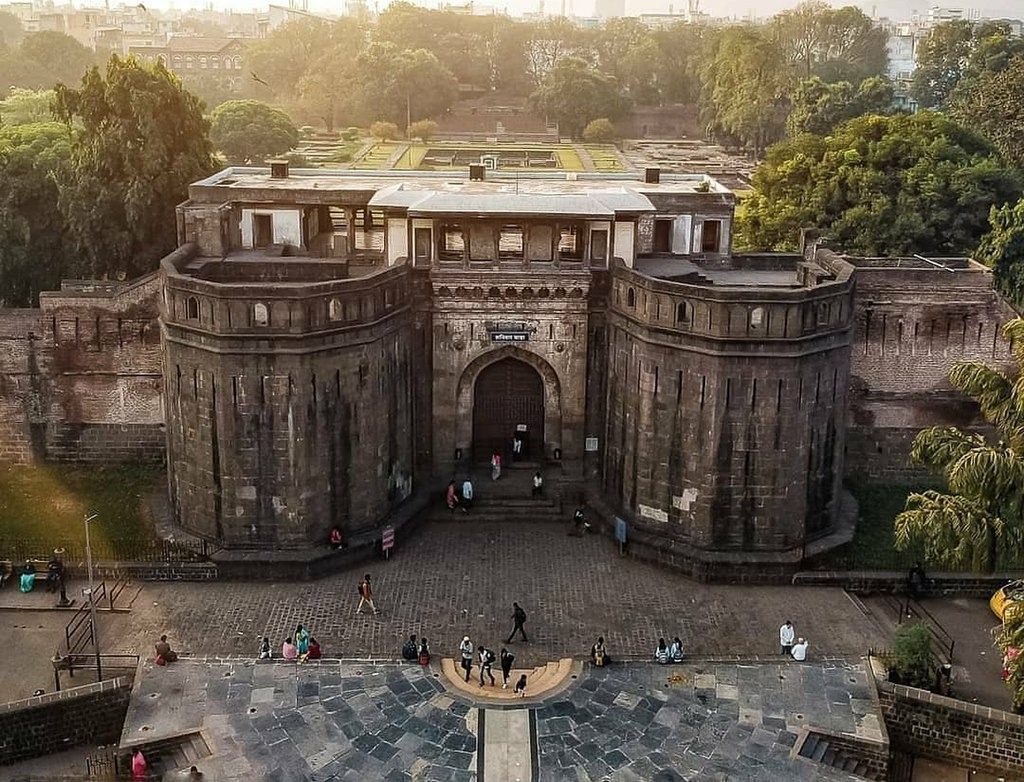
The British won a decisive victory in the Third Anglo-Maratha War under Peshwa Baji Rao II, capturing Puna and, with it, Shaniwar Wada in 1818. Shaniwar Wada became a hollow shell after all of the Peshwa’s territories were annexed. The British East India Company began to use it for a variety of purposes, including a prison, a hospital, and even a mental asylum. Approximately ten years after this event, the entire palace was completely burned down by a great fire on February 27, 1828, which lasted for seven days, and nothing of this magnificent building has been saved from the cruel hand of time except the heavy ramparts, strong gateways, and buried foundations and ruins that still bear witness to the rise and fall of a mighty Empire.
The fort with a ghost
Almost everyone in Pune is aware of the legend that this historical monument is haunted. Paranormal activity is said to occur within the walls of this fort on the night of every new moon. The site of Narayanrao’s murder is said to be haunted by his spirit, which moves around the fort pleading with his uncle to save him. People who live nearby claim to have heard his cries on specific nights. After 6:30 p.m., entry to the fort is strictly prohibited.
Shaniwar Wada today
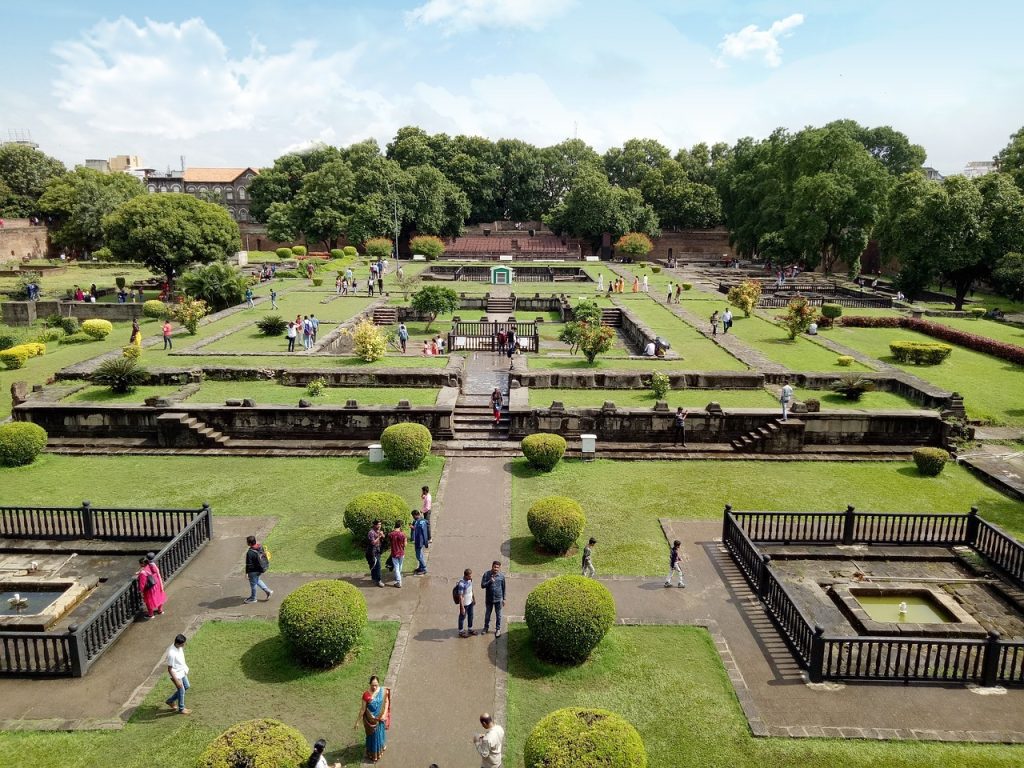
From the ruins to the fort’s five doorways—Delhi Darwaza, Khidki Darwaza, Ganesh Darwaza, Narayan Darwaza, and Mastani Darwaza—Shaniwar Wada is now one of Pune’s most popular tourist attractions. Because the majority of the fort’s buildings were destroyed in a fire, only a few parts survived and are now open for exploration. Only the following features are open to the public for viewing; the rest are only history and scholarly descriptions:
- The hazari karanji, a lotus-shaped fountain, was built to impress little Peshwa Madhavrao.
- Dilli Darwaja, Mastani, Khirki, Ganesh, and Jambhul Darwaja are the five gates.
- The nine bastion forts with a garden complex that stands in Kasba Peth near Mula Mutha river.
- At the main entrance, there is a statue of Peshwa Baji Rao, who appears to greet visitors.
- At the Shaniwar Wada Palace, there is a light and sound show that serves as a source of education for the general public. The 55-minute show begins in the evening and includes both Marathi and English shows. The ticket costs 25 INR and can be purchased from 6:30 to 8:30 p.m. every day. The Marathi show begins at 7:15 p.m., followed by the English.
[Also Read: Top Things to Do in Pune]
Entering the Shaniwar Wada Palace is not free and levies a fee of five rupees to one hundred twenty-five rupees based on national and international tourists. The palace remains open every day of the week from 8 in the morning till 6:30 in the evening. Shaniwar Wada is located 148 km away from Mumbai, so the best way to soak in the experience is by booking a cab to the fort, keeping an open mind and letting your imagination fly as you walk through those crumbling walls of Shaniwar Wada.
Last Updated on January 17, 2024 by Swati Deol


